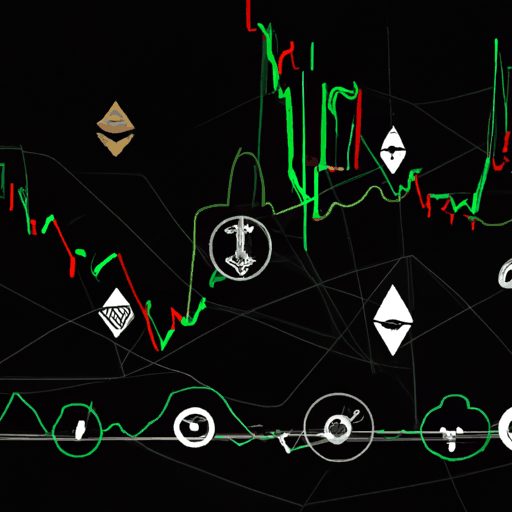
Standard Chartered Lowers Ethereum 2025 Price Projection to $4000 Amid L2 Concerns
By: Eva Baxter
In a recent development, Standard Chartered has revised its forecast for Ethereum, projecting its value to reach $4,000 by the end of 2025, down significantly from the previous estimate of $10,000. This revision is attributed to perceived structural weaknesses in the Ethereum network's economic framework, especially amid the growing prominence of Layer-2 (L2) solutions.
According to Geoffrey Kendrick, the head of digital assets research at Standard Chartered, the transition of Ethereum to a proof-of-stake model, alongside the advance of L2 networks, has impaired the main blockchain's capacity to capture value. A report by Kendrick highlights Base, a leading L2 network, which alone has purportedly drained $50 billion from Ethereum's market capitalization.
The report flags several factors responsible for Ethereum’s underperformance. Despite Ethereum's continued dominance in decentralized finance (DeFi), non-fungible tokens (NFTs), and tokenized assets, its value capture capability seems to have weakened. Kendrick criticized the Ethereum Foundation's current approach, suggesting that without a strategic shift, the ETH-to-BTC ratio is likely to further diminish, potentially reaching 0.015 by year's end.
The introduction of the Ethereum Dencun upgrade further empowered L2 solutions, which now leverage a larger share of transaction fees while reducing user costs, a development seen as eroding Ethereum's core ecosystem. The potential loss in Ethereum’s economic value to L2s could surpass an astounding $50 billion unless corrective actions are initiated. One proposed solution is a 'super tax' on L2s, reminiscent of governmental strategies taxing foreign-owned extractors of excess profits. Although Standard Chartered has revised its projections downward, it remains optimistic about Ethereum's long-term trajectory, predicting a rebound to $6,000 by 2026 and $7,500 by 2027.
In the broader discourse about Ethereum’s long-term viability, this reevaluation underscores the pivotal question of whether Ethereum's scaling solutions, despite improving transactional efficiency, are inadvertently benefiting third-party networks more than Ethereum itself. As Ethereum grapples with these challenges, strategic adaptations will be crucial to secure its future in the ever-evolving crypto landscape.



